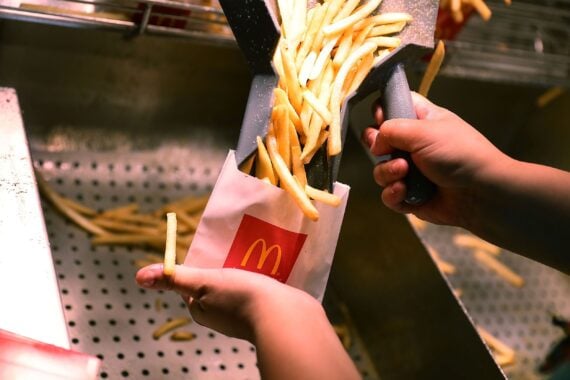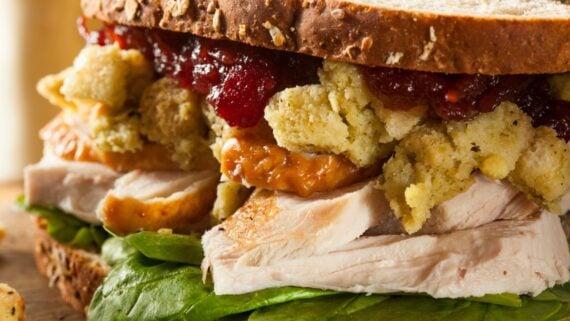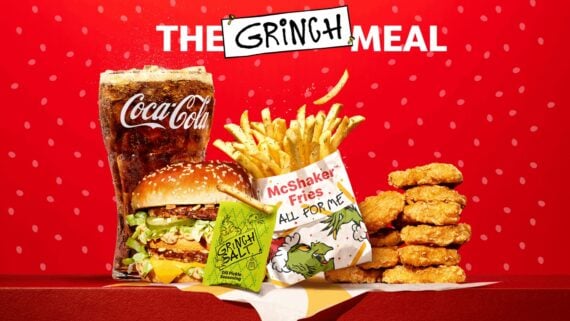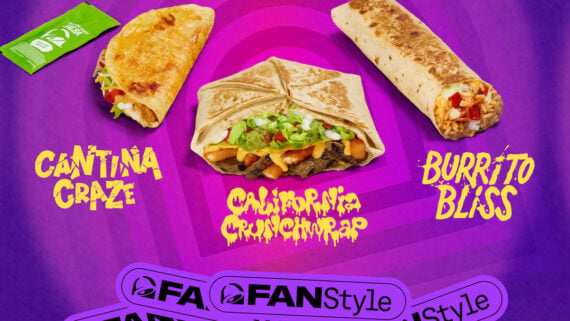You might not want to know how the sausage — or the fry — is made. But somebody’s gotta spill the greasy beans. McDonald’s French fries have been the gold standard of fast food sides for decades (even if they didn’t win in our fast-food french fry taste test). They’re are everything you want a fry to be — salty, crispy, and addictive — basically the gateway drug of drive-thru dining. But behind that perfect golden crunch is a 19-ingredient recipe that half of it reads like a deranged scientist’s shopping list.
Here’s the full breakdown of what’s in McDonald’s fries, why it’s there, and whether you should be side-eyeing them.
1. Potatoes
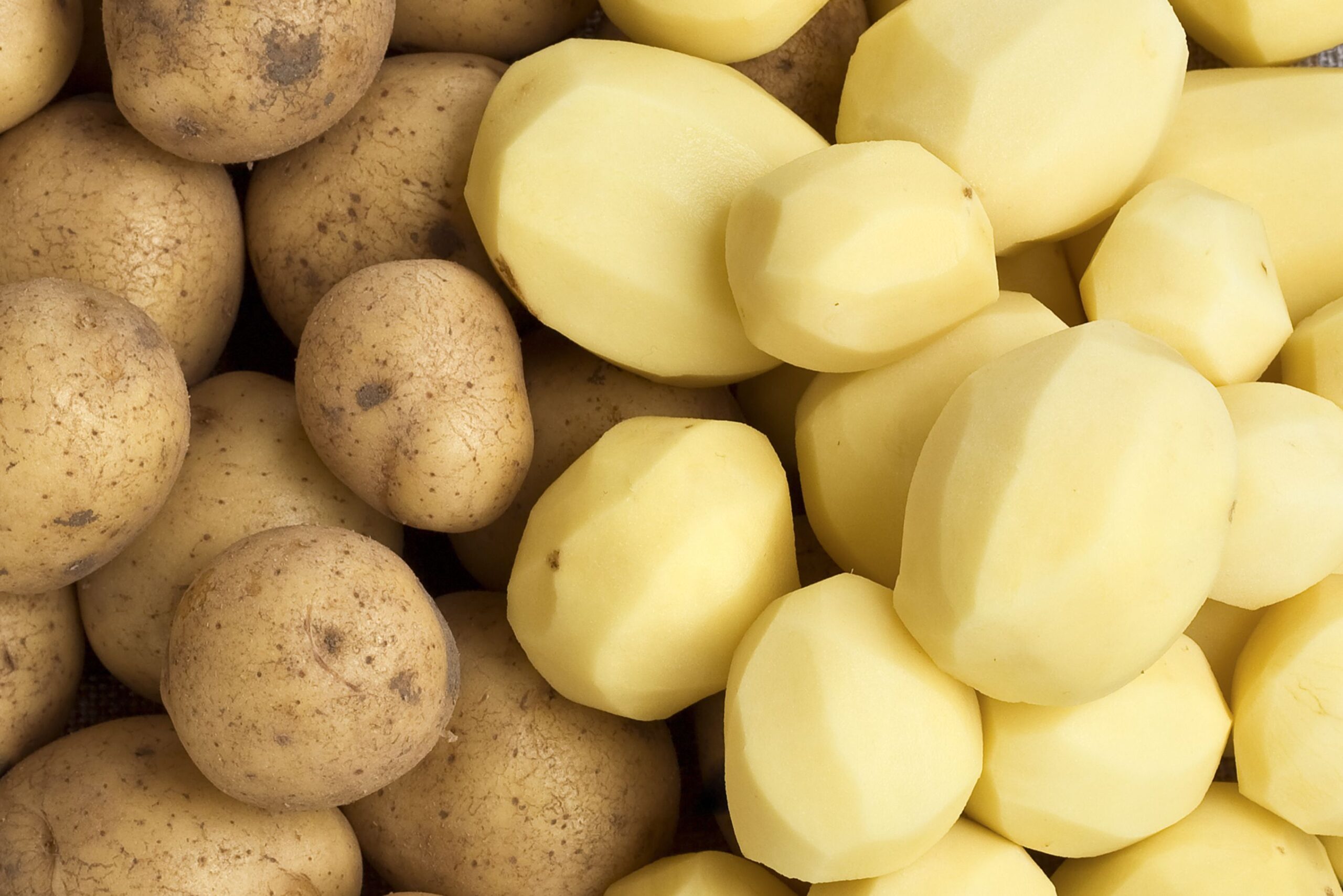
McDonald’s uses a blend of Russet Burbank, Umatilla Russet, Shepody, and Ranger Russet potatoes, sourced mostly from the U.S. and Canada. They’re peeled, sliced, and par-fried at a processing plant, then frozen and shipped to your local McD’s. So no, they’re not sliced fresh in-store like some fast-food chains.
2. Salt
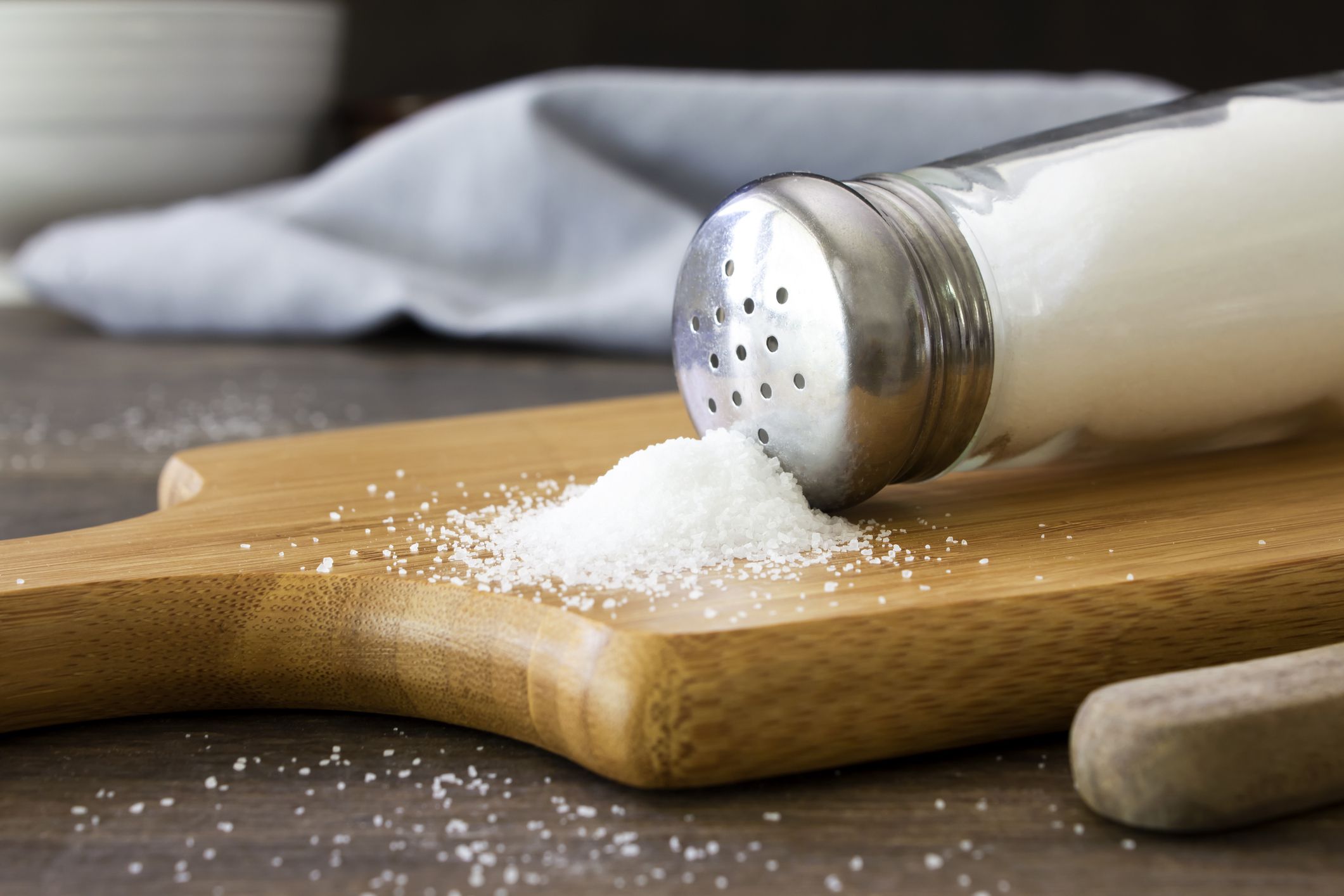
This is the only ingredient added after frying. McDonald’s uses finely granulated salt that clings better to the fries. It’s part of what makes the flavor pop and the craving stick.
A large pack of Mickey D fries contains over 700 mg of sodium, which is eye-brow and blood pressure-raising.
3. Canola Oil
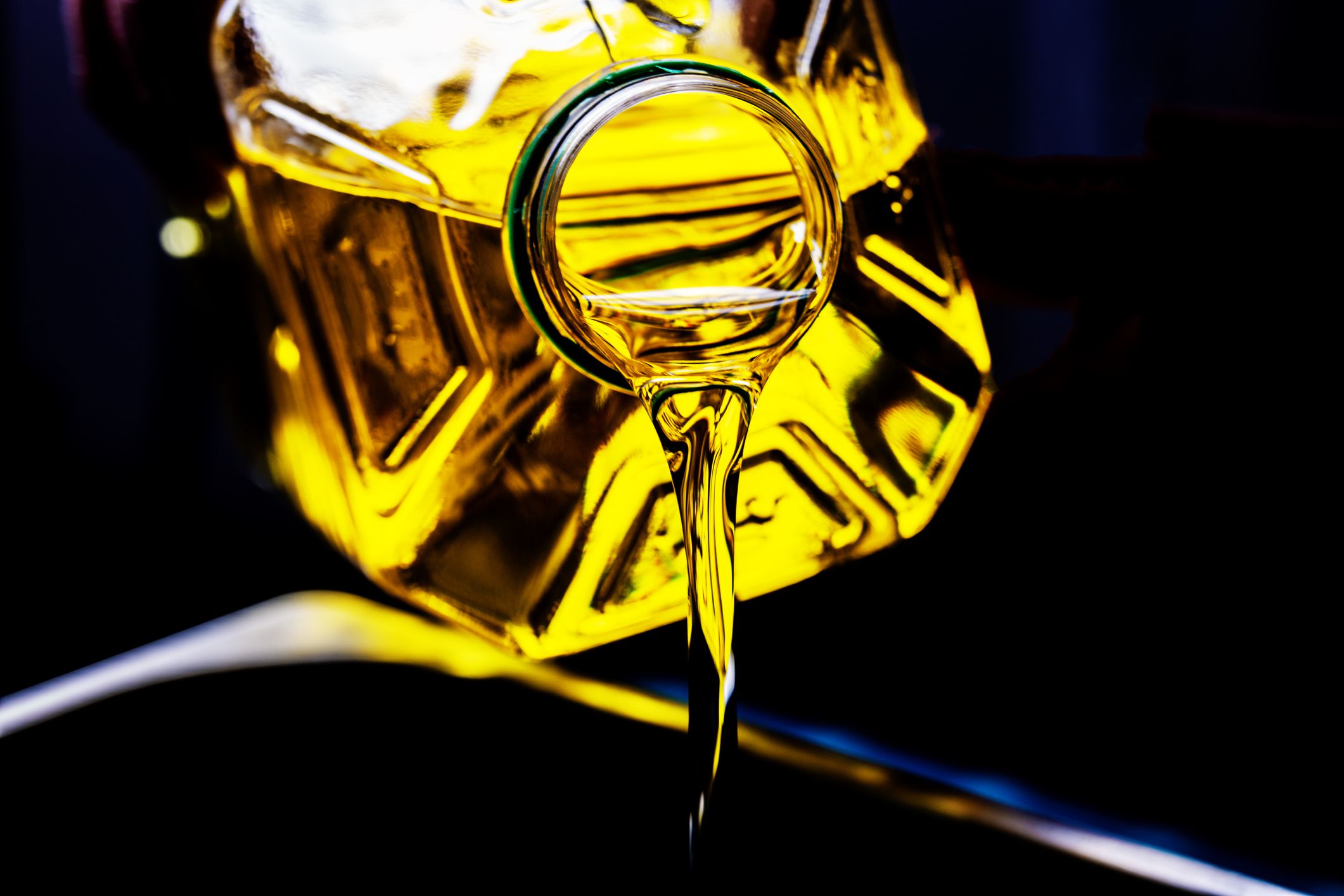
Canola is the main frying oil McDonald’s uses, and it’s often promoted as a “heart-healthy” oil because it’s low in saturated fat and high in omega-3s. It’s extracted from the canola plant (a variety of rapeseed) and has a neutral flavor that lets the other ingredients shine.
4. Corn Oil

Corn oil adds a slightly richer flavor and helps with color during frying. It’s high in omega-6 fatty acids, which your body needs in small amounts, but too much (especially in proportion to omega-3s) can promote inflammation.
5. Soybean Oil
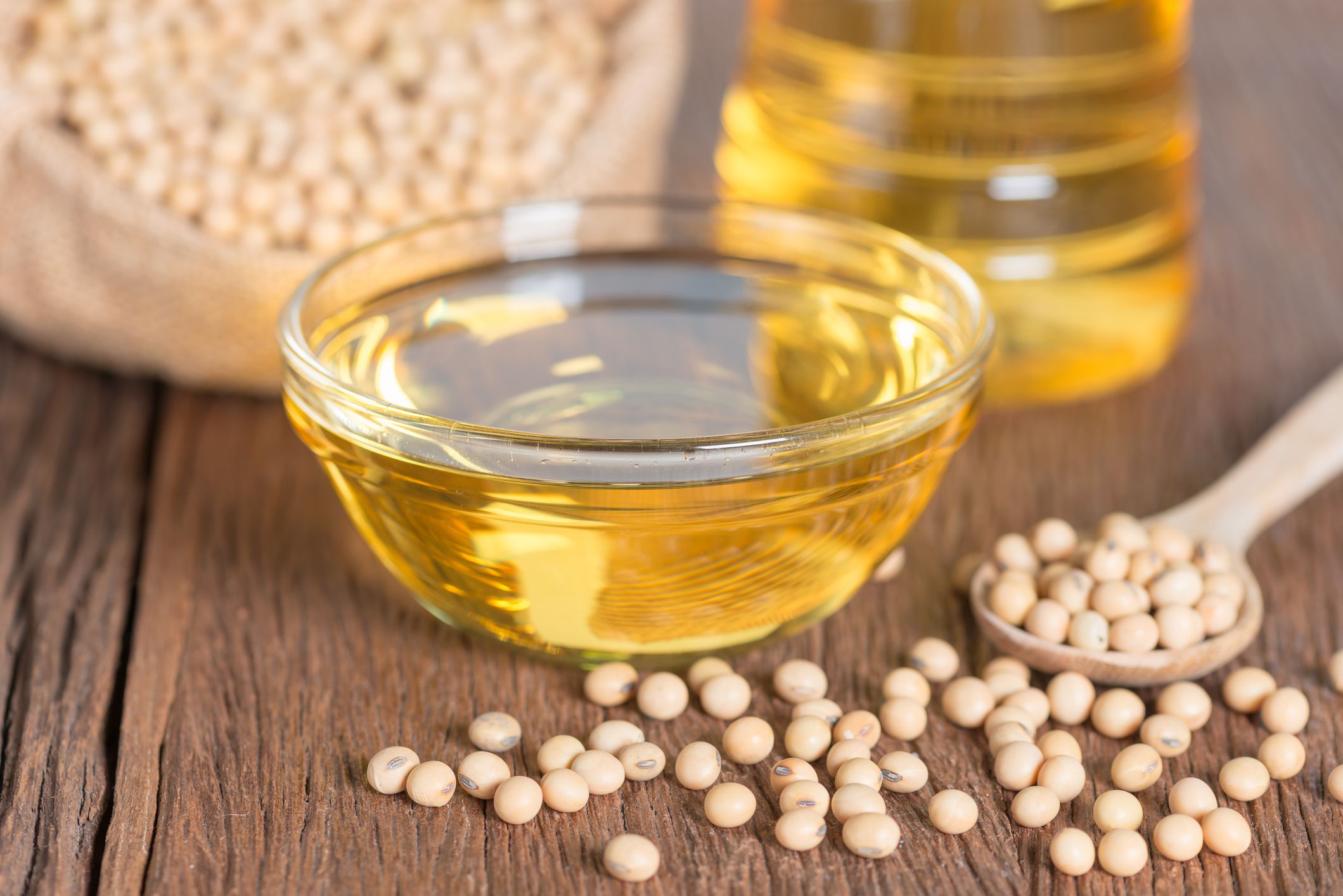
Soybean oil is one of the most common vegetable oils used in fast food. It helps round out the frying blend and contributes to texture.It’s fine in moderation, but like corn oil, it’s high in omega-6s, so overdoing it could throw off your body’s inflammatory balance.
Trending on Cheapism
6. Hydrogenated Soybean Oil
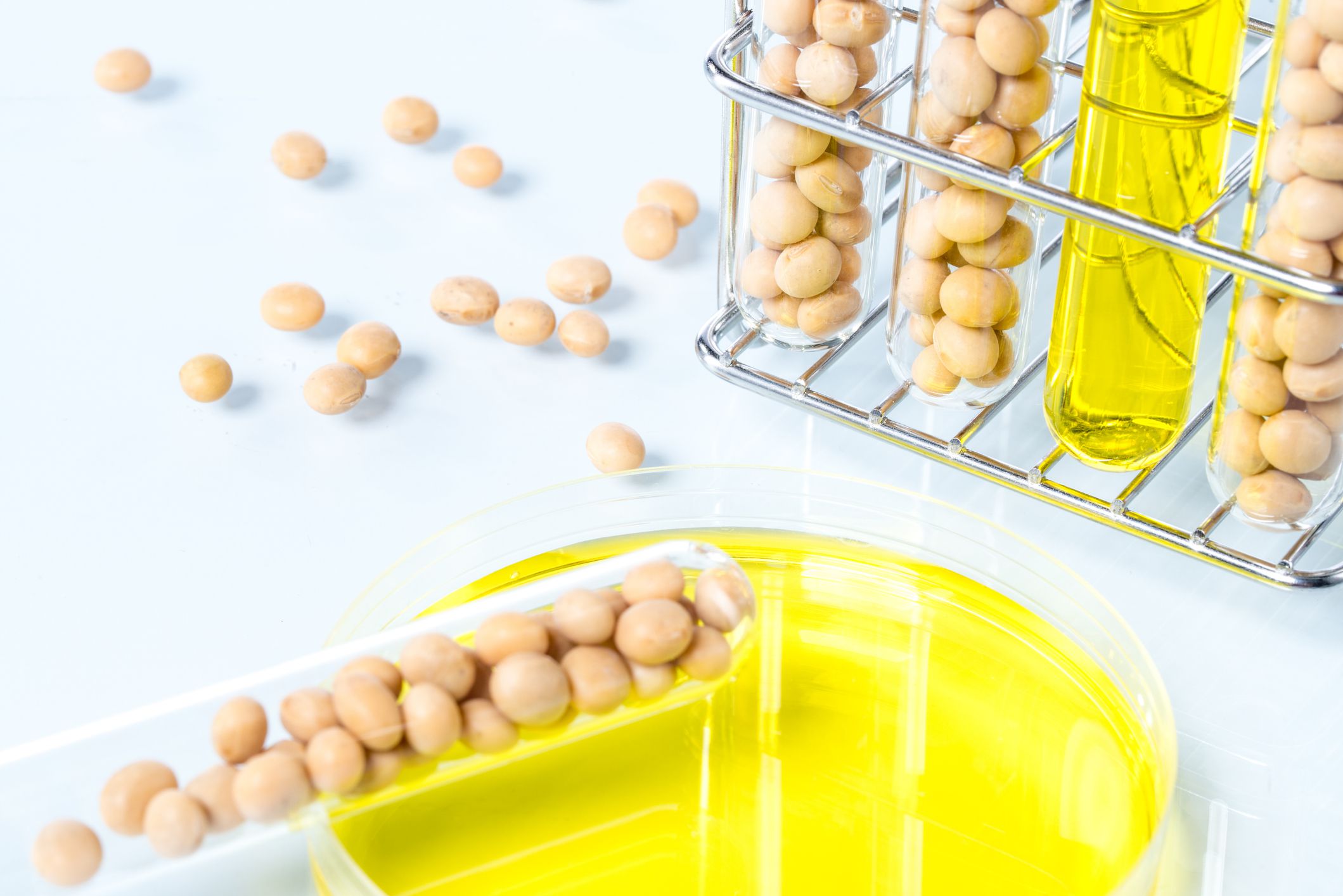
This one deserves the side-eye. Hydrogenation is a process that turns liquid oils solid or semi-solid, extending shelf life and stability. But it also creates trans fats, which have been directly linked to heart disease. McDonald’s claims its fries have 0g trans fat per serving, but that’s allowed if the amount is less than 0.5g.
7. Natural Beef Flavor
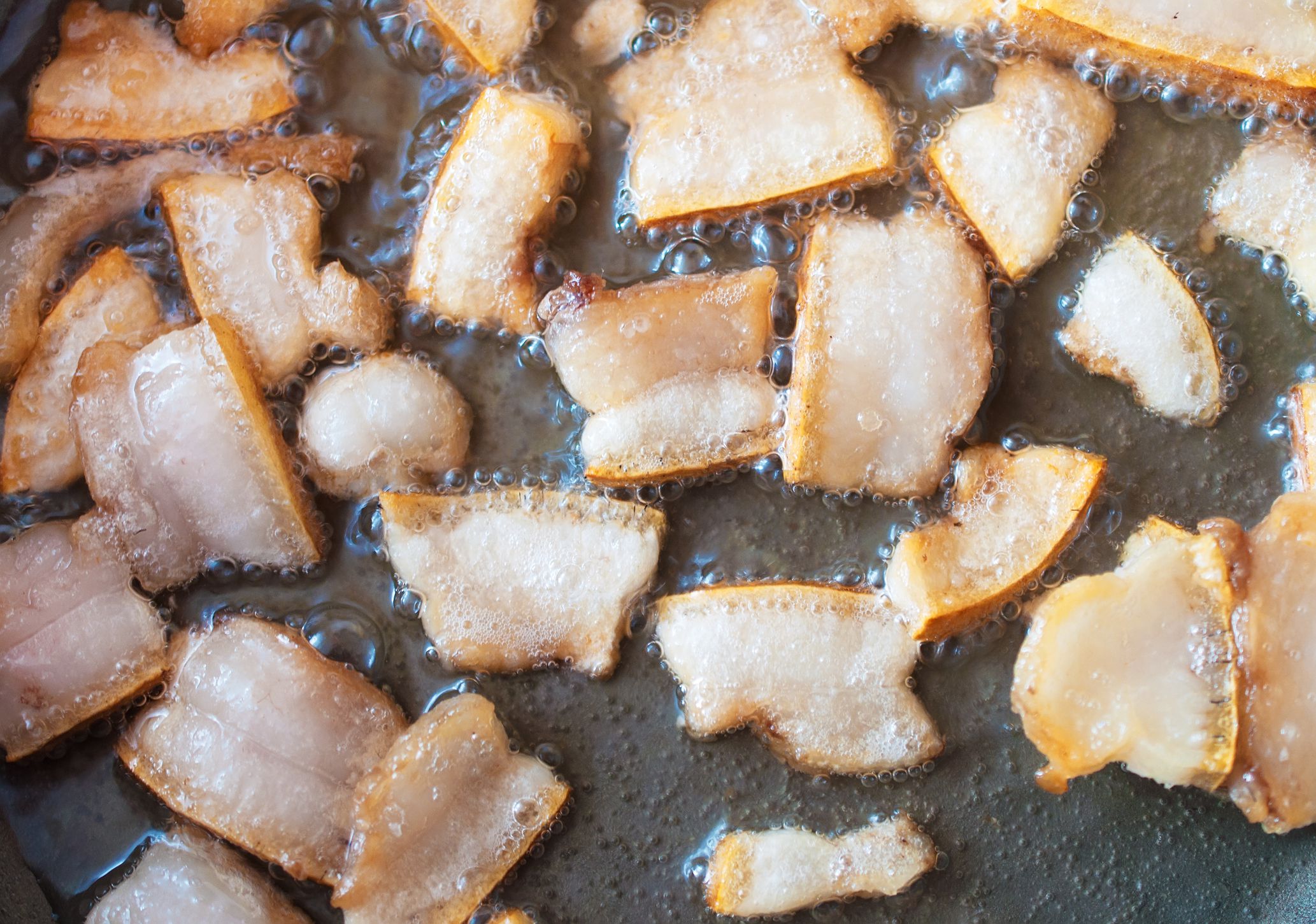
To mimic the taste of the original beef-tallow-cooked fries from the pre-1990s, McDonald’s adds a “natural beef flavor” to the oil during par-frying. But it’s not actual beef fat — it’s lab-made flavoring derived from hydrolyzed wheat and milk proteins.
This does make the fries unsuitable for vegetarians and vegans, even though most people still assume they’re meat-free.
8. Hydrolyzed Wheat
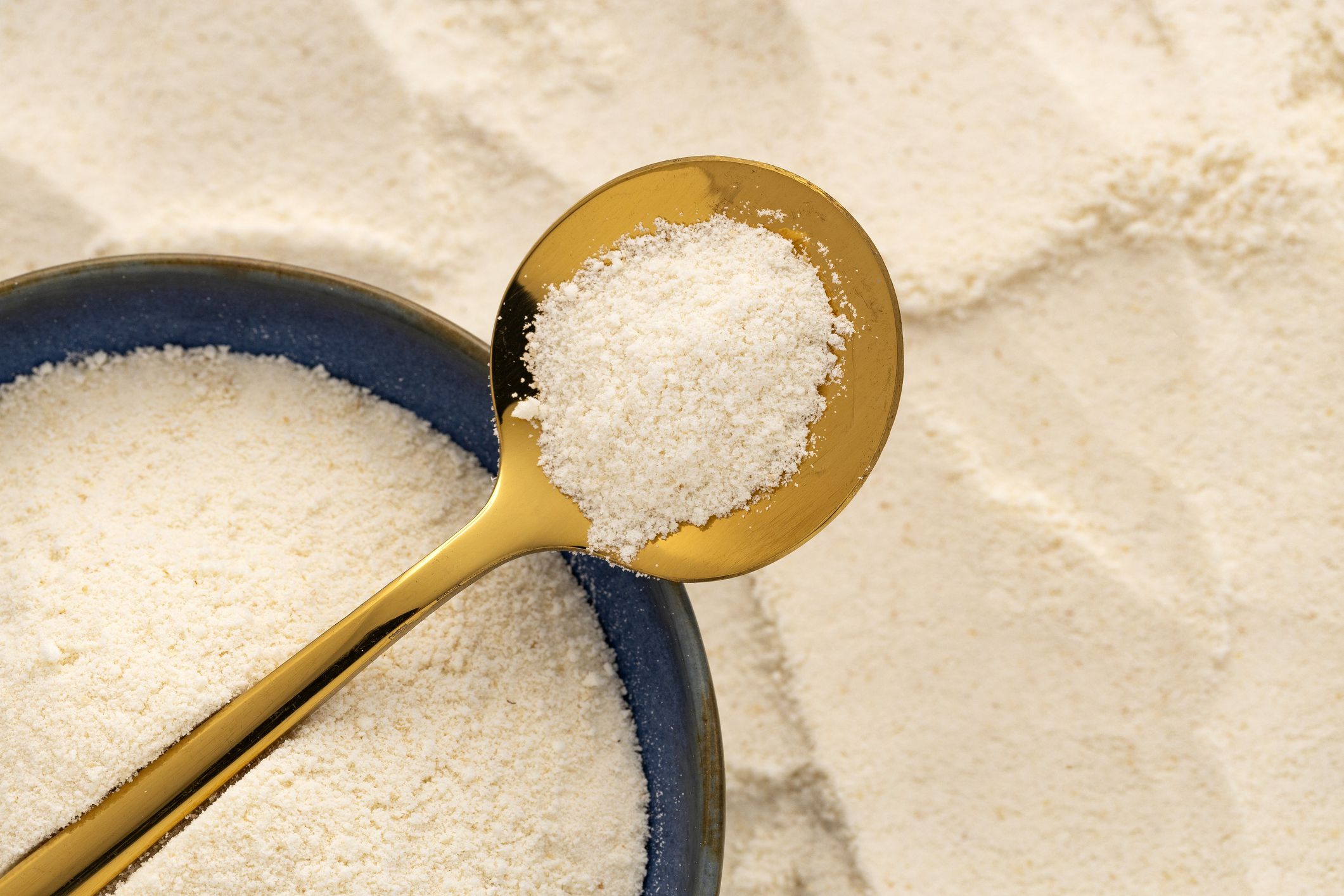
Wheat protein that’s been broken down into amino acids, which gives food a savory, umami boost. It’s one of the two key components in the “natural beef flavor.”
Sign up for our newsletter
9. Hydrolyzed Milk
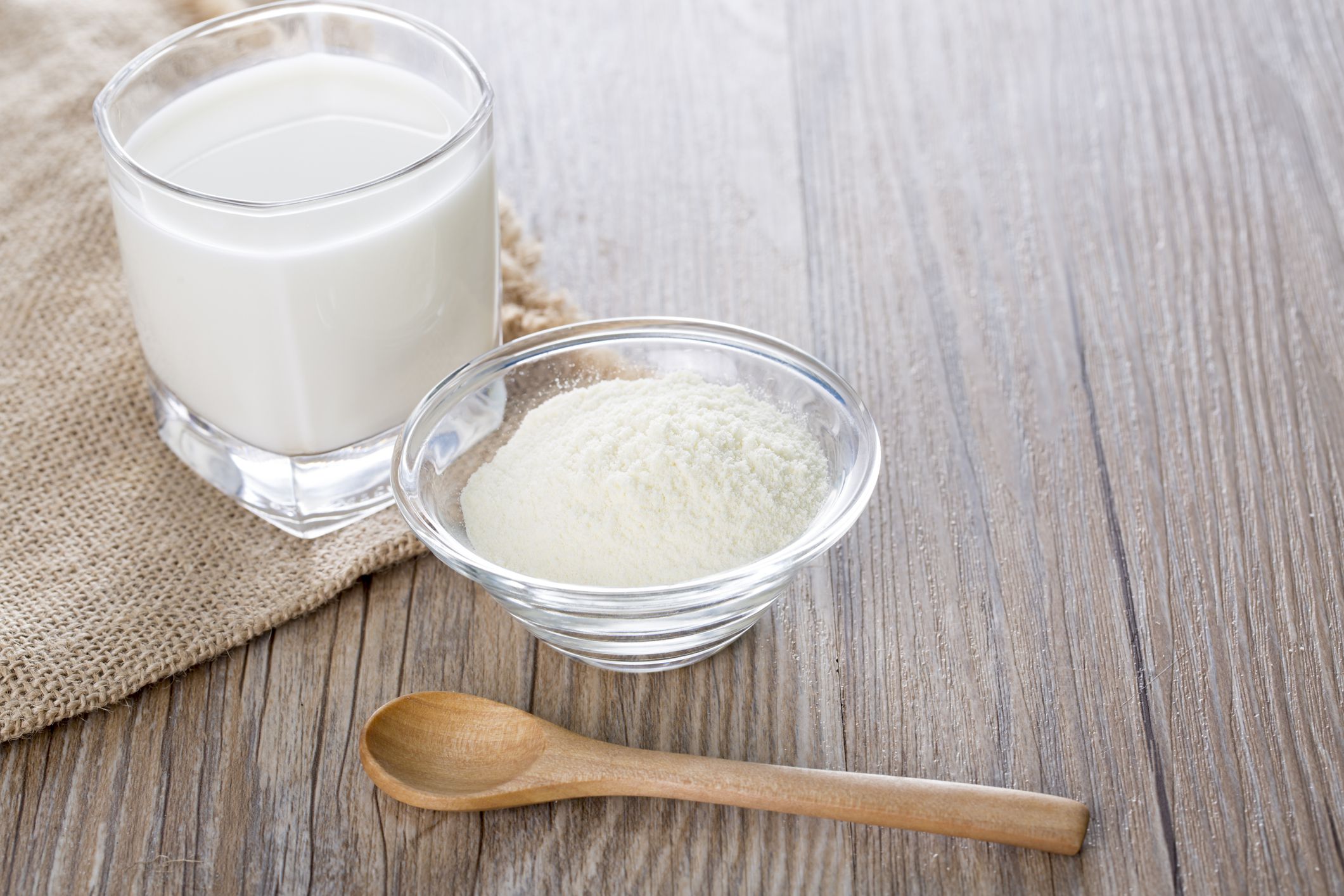
Same deal as the wheat, but from milk. This adds more depth to the flavor and that slightly creamy background note.
10. Dextrose
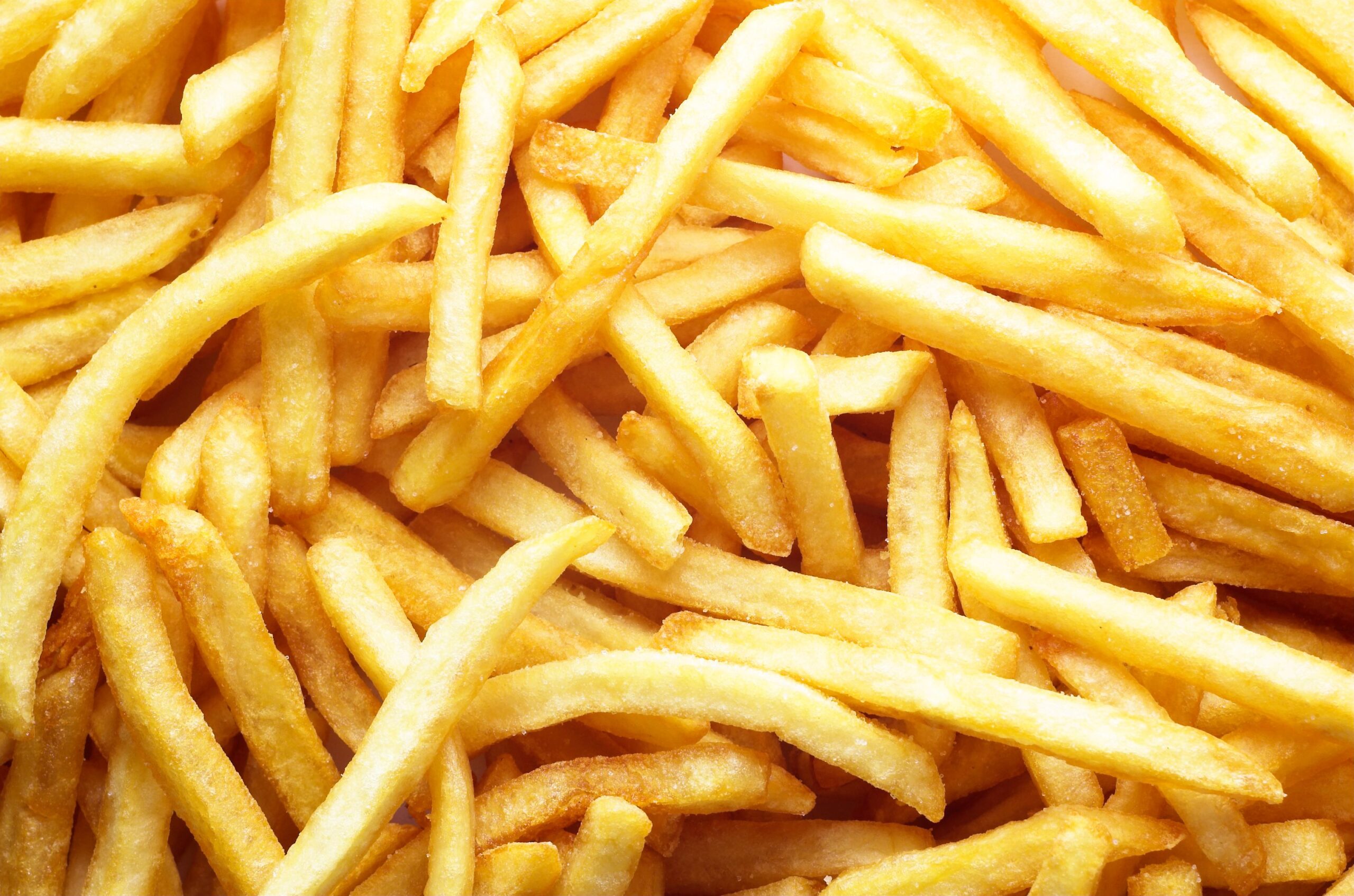
Dextrose is basically sugar that is sprayed on the fries before freezing — not for taste, but to help achieve that golden brown color when they’re fried.
11. Sodium Acid Pyrophosphate
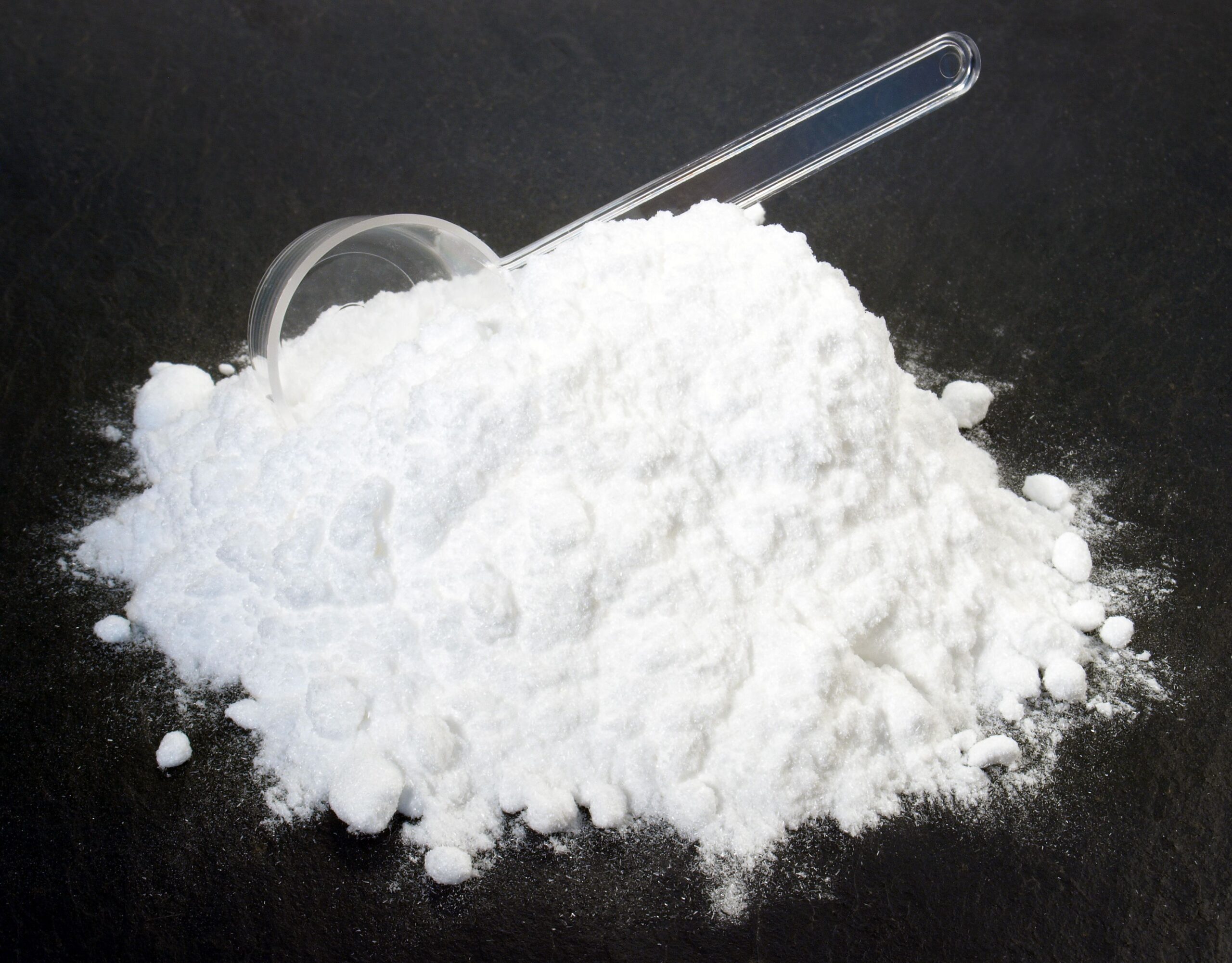
This sounds intense, but it’s mostly aesthetic. It stops the potatoes from turning gray after slicing and blanching. Gray fries are not photogenic, and McDonald’s is nothing if not brand-consistent.The FDA says it’s safe in small amounts.
12. Citric Acid
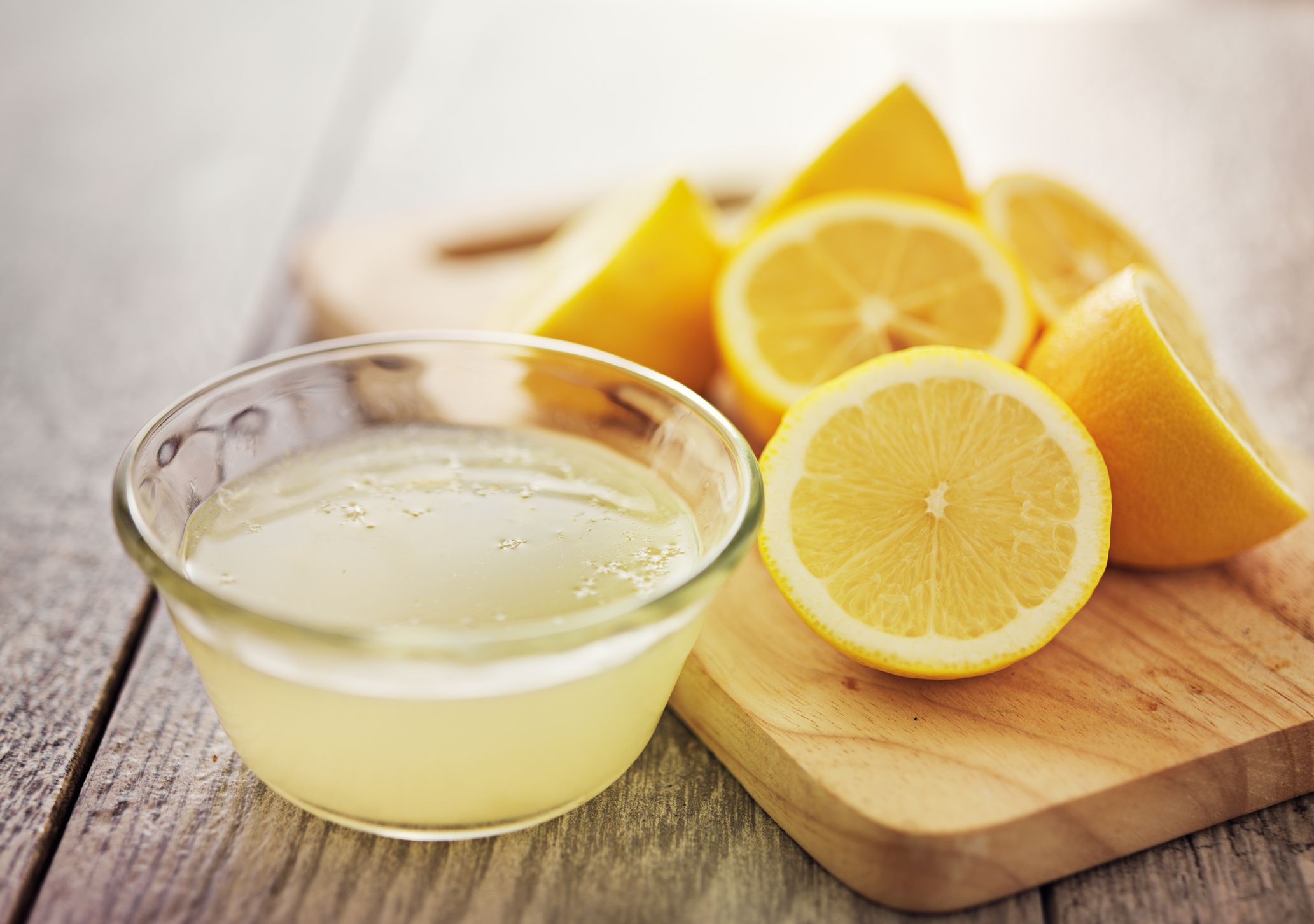
This is a natural preservative found in citrus fruits, and it’s added to the oil to slow down spoilage. It’s not a harmful ingredient, and your own body produces citric acid. It’s about as scary as lemonade.
13. Dimethylpolysiloxane
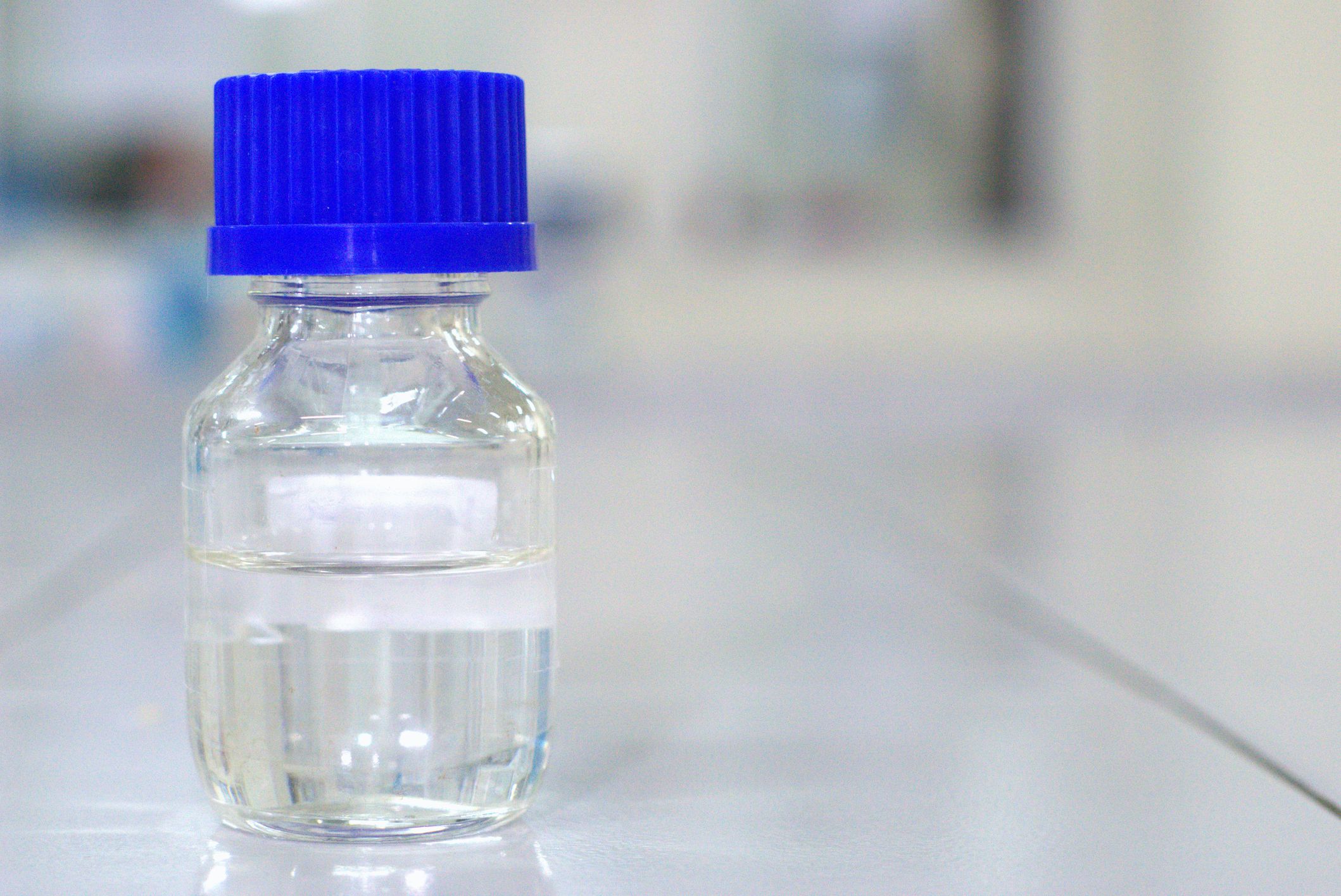
The name screams “mad scientist,” but this is just an anti-foaming agent used in the frying oil to prevent messy bubbles. It’s also in contact lenses, shampoos, and (weirdly) Silly Putty. It’s used in trace amounts and considered safe by the FDA.
14. TBHQ (Tertiary Butylhydroquinone)
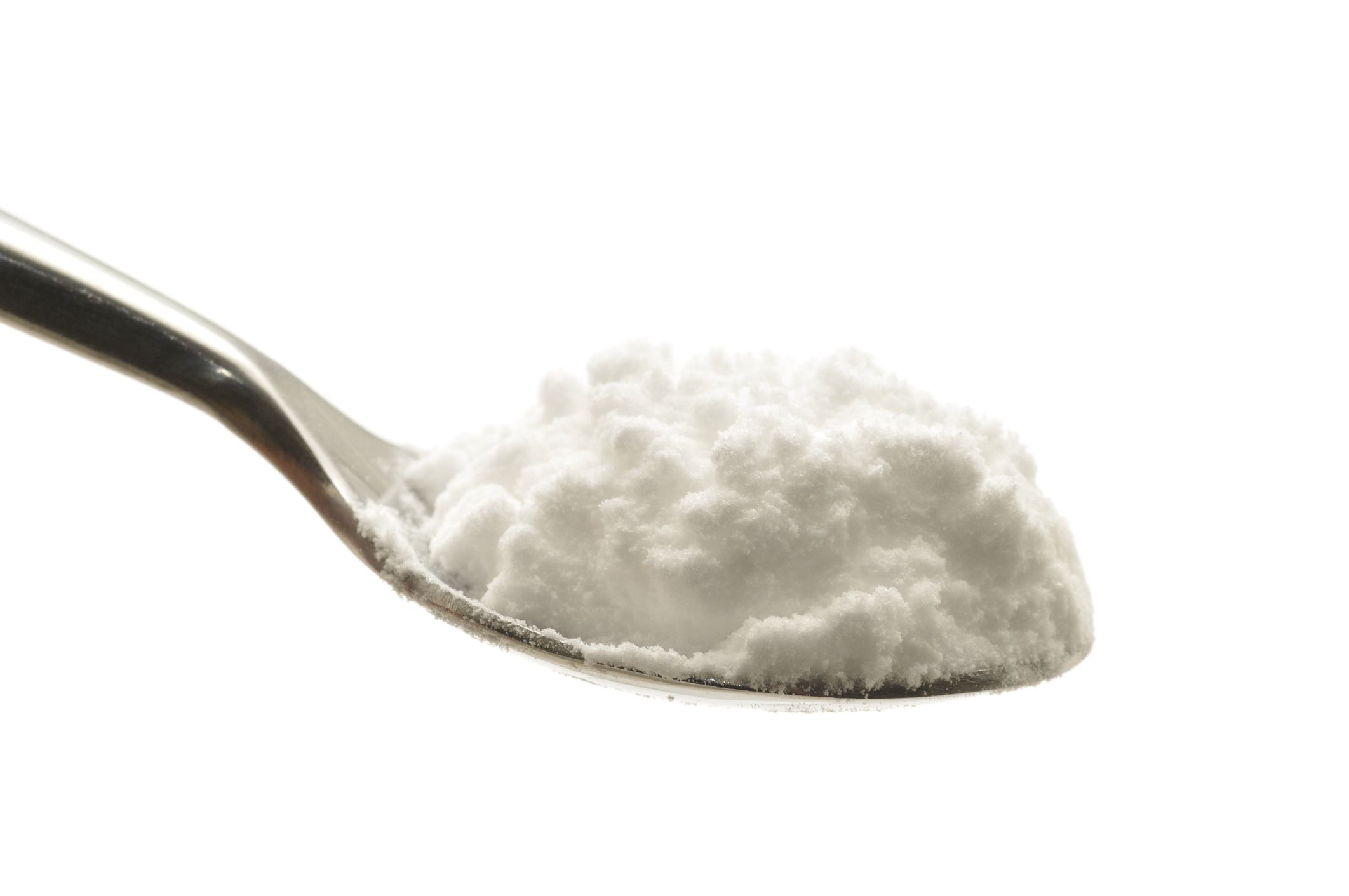
A synthetic antioxidant added to the oil to prevent rancidity and extend shelf life. It’s one of the most controversial items on the list — animal studies have linked it to tumors, but only at extremely high doses.
15. Mono- and Diglycerides
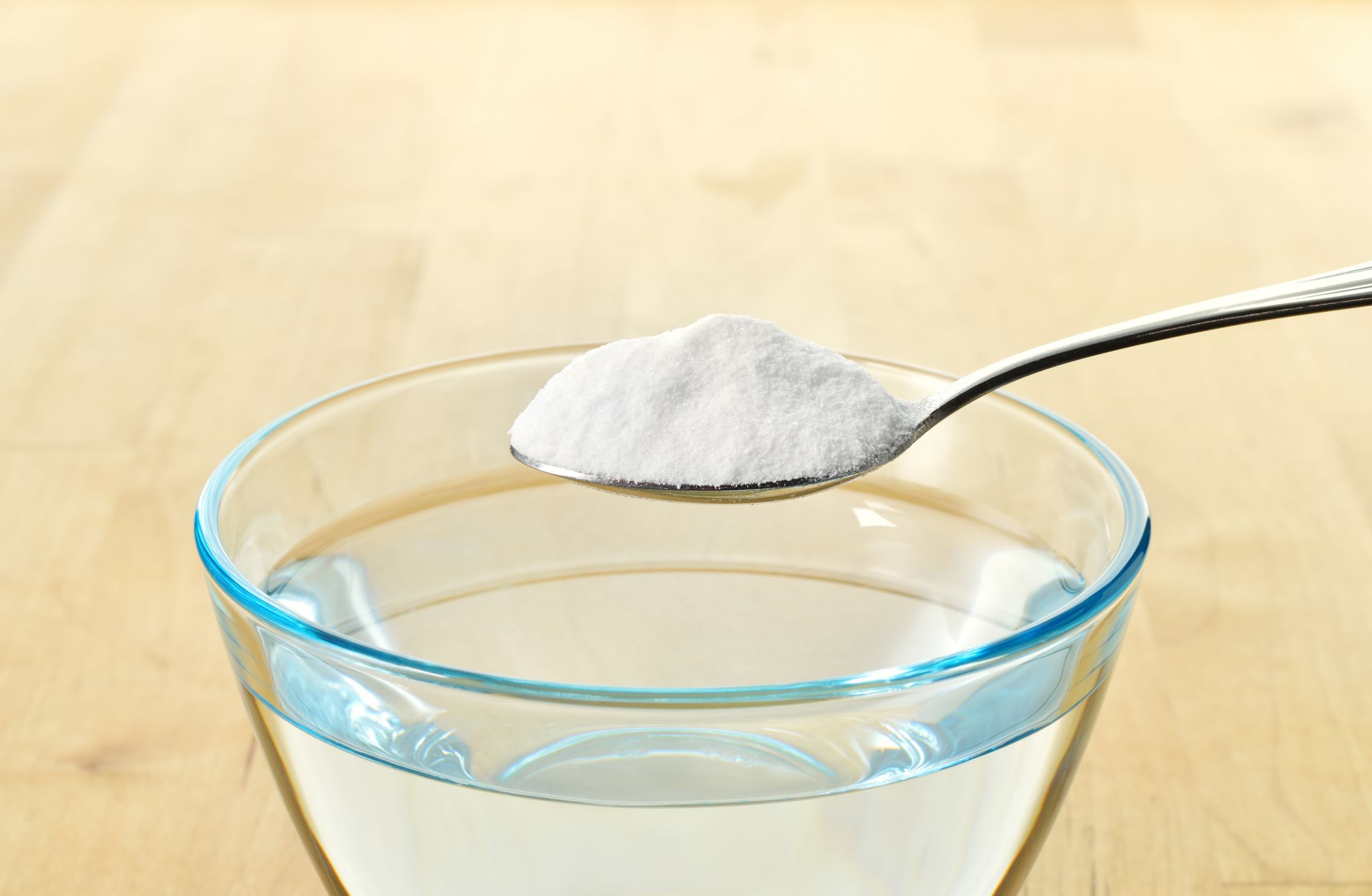
These are emulsifiers, which help oil stay stable and evenly textured. They also contribute to the crispness of the fries. They’re generally safe, but sometimes made from animal fats, and occasionally contain trace trans fats if poorly processed.
16. Leavening (Sodium Bicarbonate)
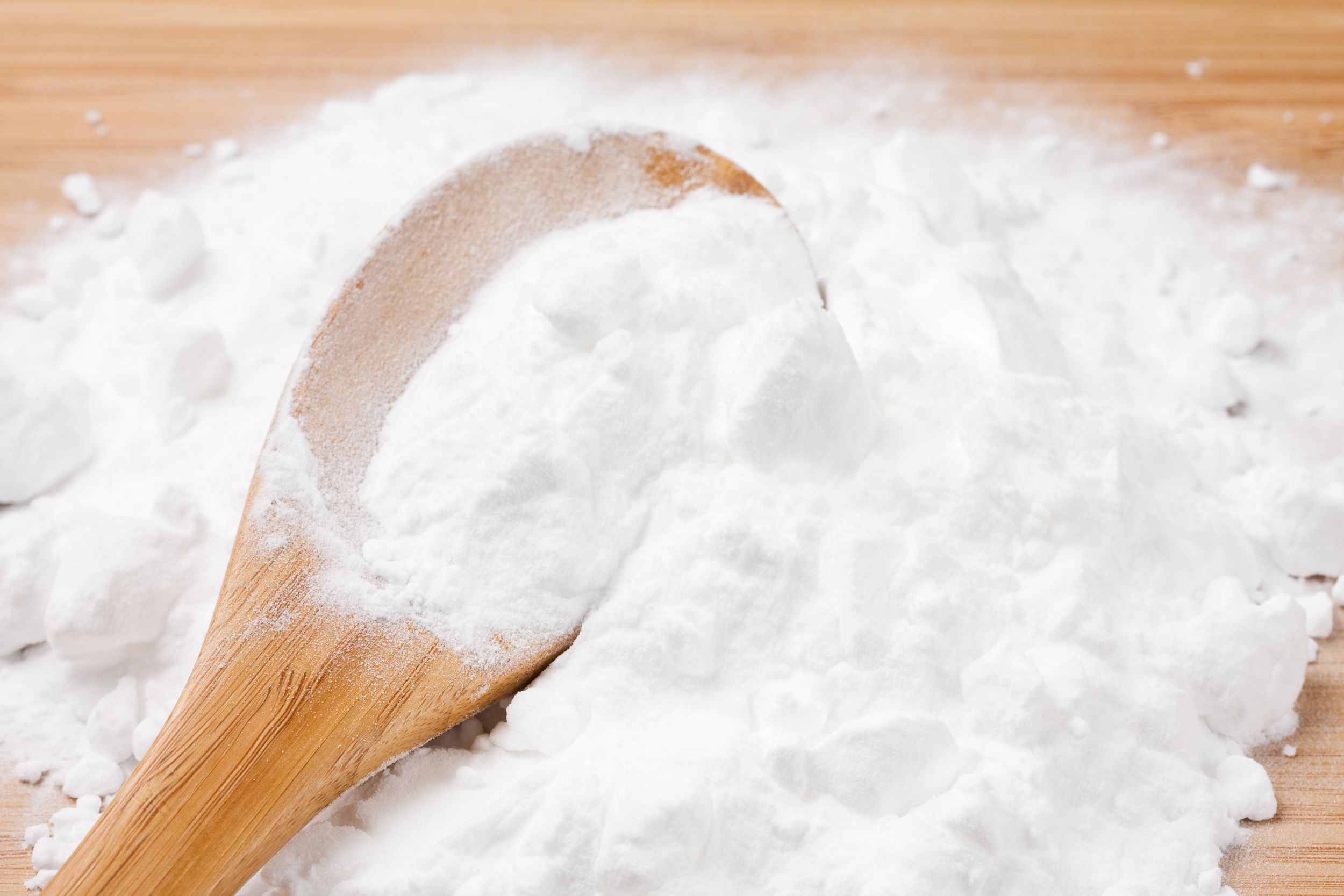
This is just baking soda. It helps puff up the fries slightly, improving texture.
17. Disodium Dihydrogen Pyrophosphate
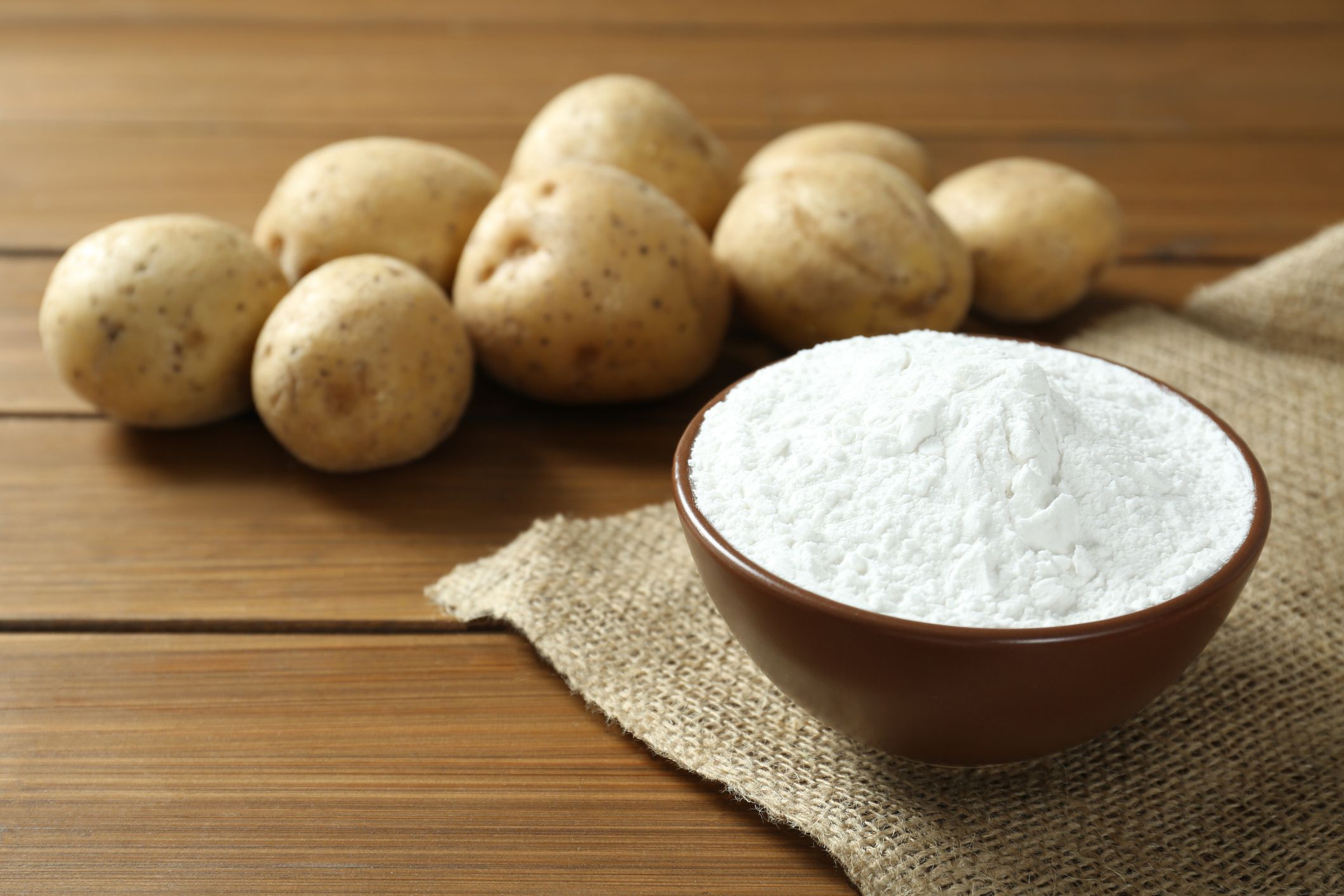
Another anti-browning agent used on the raw potato before frying. It keeps the pre-fried potatoes looking pale and uniform, even after blanching and freezing. Should you worry? No, but it’s still a chemical compound, not something you’ll find in your home pantry.
18. BHA (Butylated Hydroxyanisole)
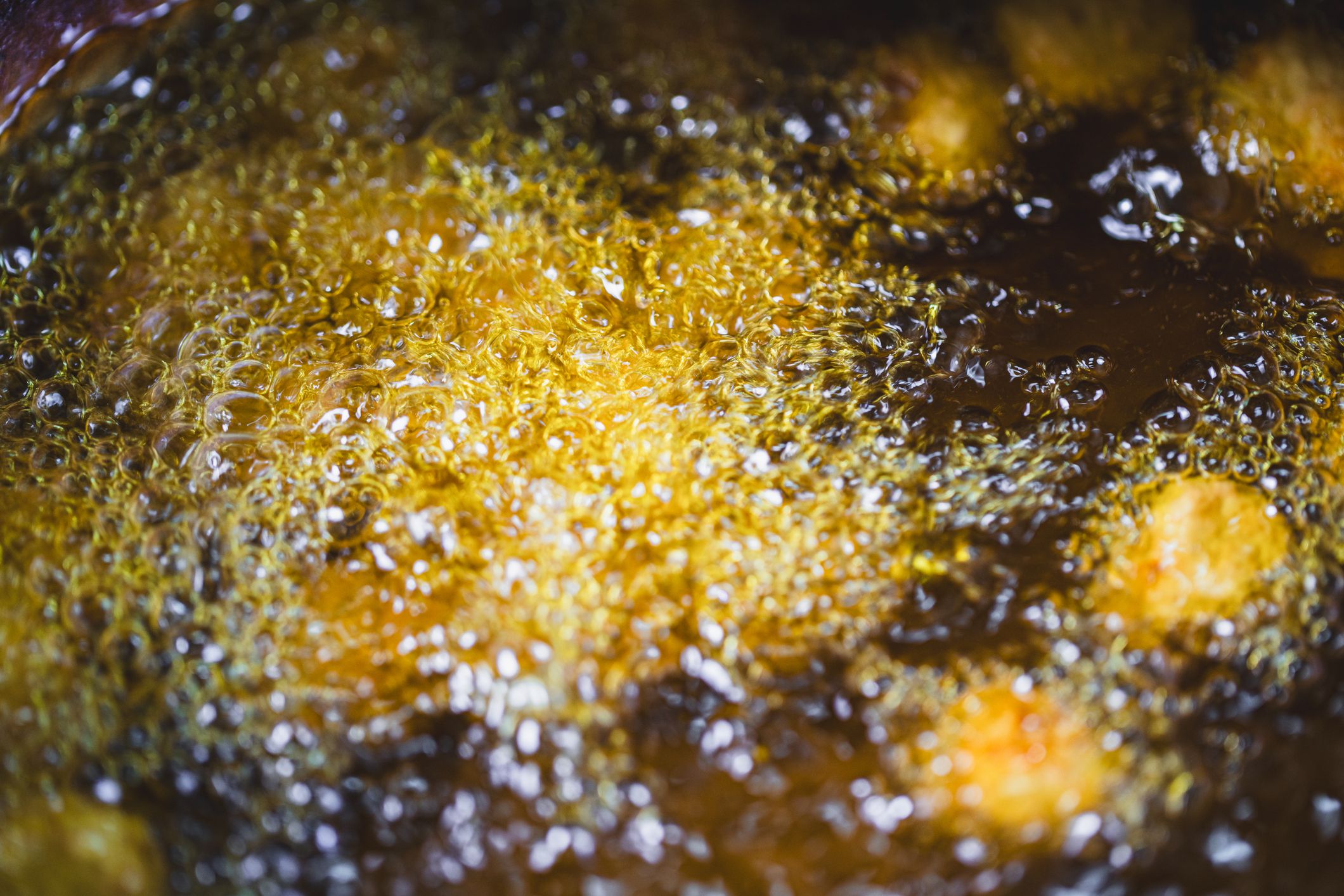
A synthetic antioxidant used to preserve the flavor in the frying oil. BHA has been flagged as a possible human carcinogen by some health organizations, based on animal studies.
19. Annatto
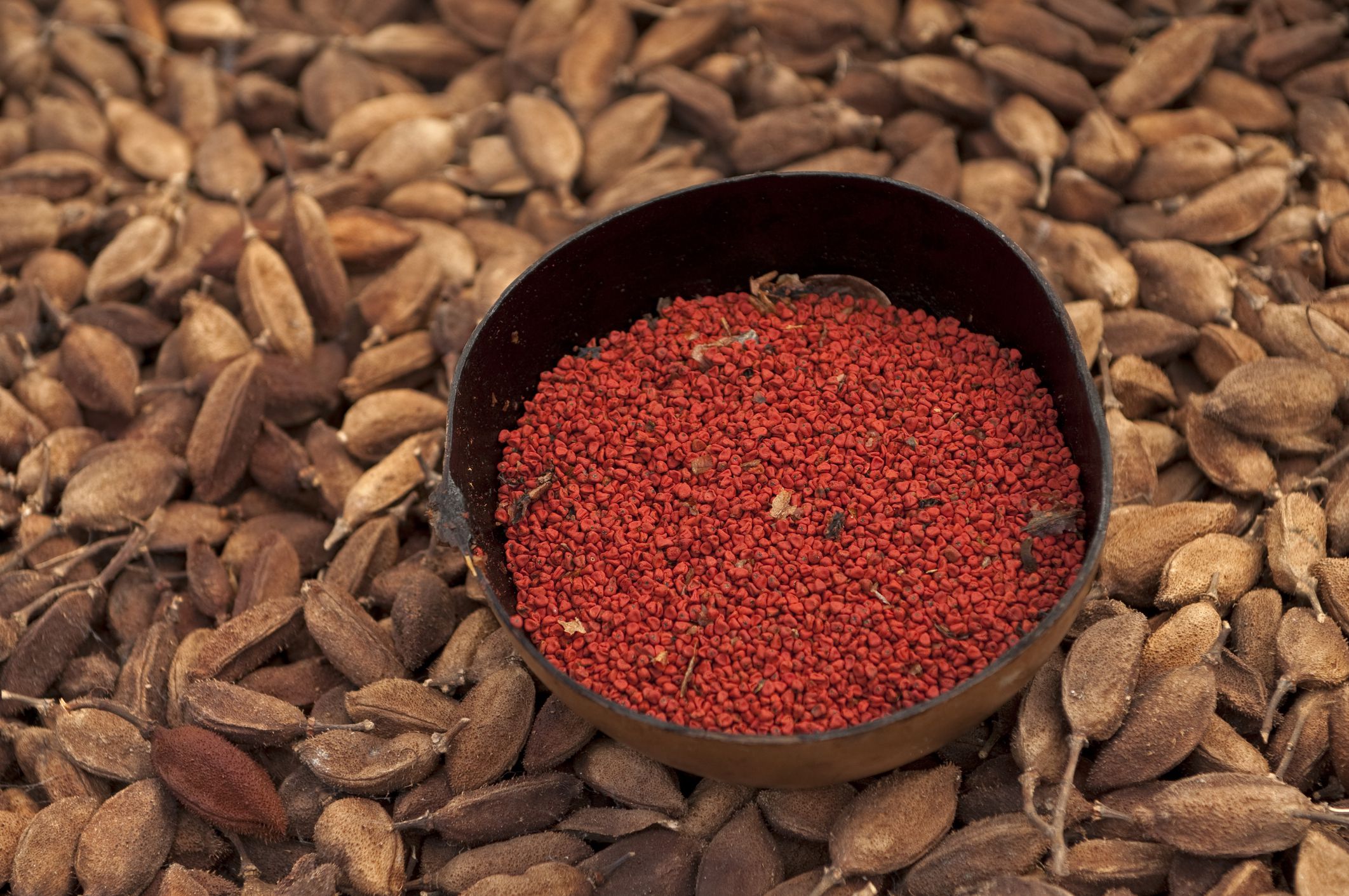
A natural food coloring derived from achiote tree seeds. It gives the fries a slightly warmer, golden hue — so your fries always look like they belong on a billboard. It’s natural and widely used in cheese, snacks, and butter.
